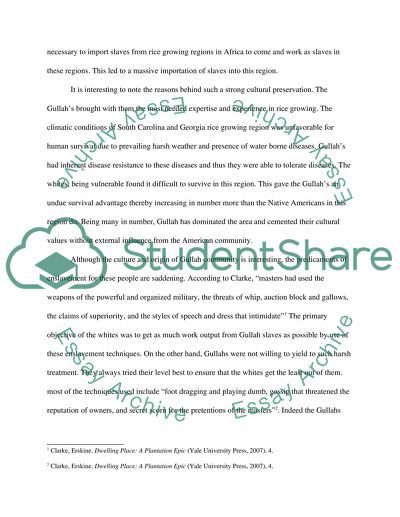Cite this document
(“Dwelling Place: A Plantation Epic Essay Example | Topics and Well Written Essays - 1750 words”, n.d.)
Dwelling Place: A Plantation Epic Essay Example | Topics and Well Written Essays - 1750 words. Retrieved from https://studentshare.org/history/1439049-dwelling-place-a-plantation-epic
Dwelling Place: A Plantation Epic Essay Example | Topics and Well Written Essays - 1750 words. Retrieved from https://studentshare.org/history/1439049-dwelling-place-a-plantation-epic
(Dwelling Place: A Plantation Epic Essay Example | Topics and Well Written Essays - 1750 Words)
Dwelling Place: A Plantation Epic Essay Example | Topics and Well Written Essays - 1750 Words. https://studentshare.org/history/1439049-dwelling-place-a-plantation-epic.
Dwelling Place: A Plantation Epic Essay Example | Topics and Well Written Essays - 1750 Words. https://studentshare.org/history/1439049-dwelling-place-a-plantation-epic.
“Dwelling Place: A Plantation Epic Essay Example | Topics and Well Written Essays - 1750 Words”, n.d. https://studentshare.org/history/1439049-dwelling-place-a-plantation-epic.


